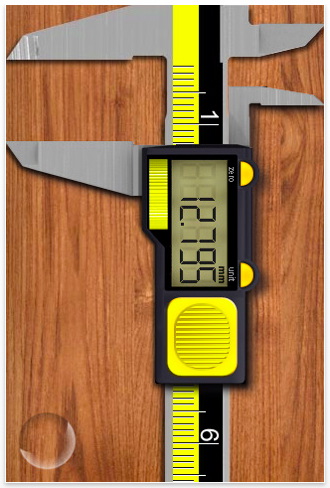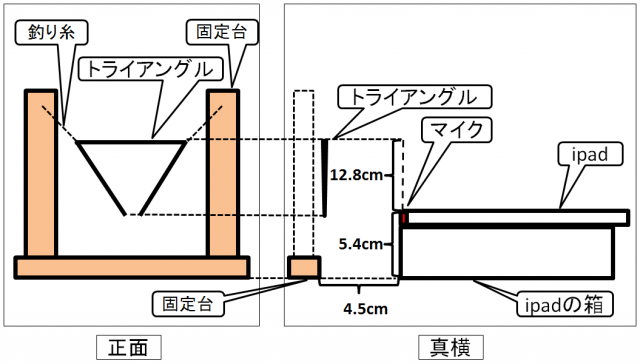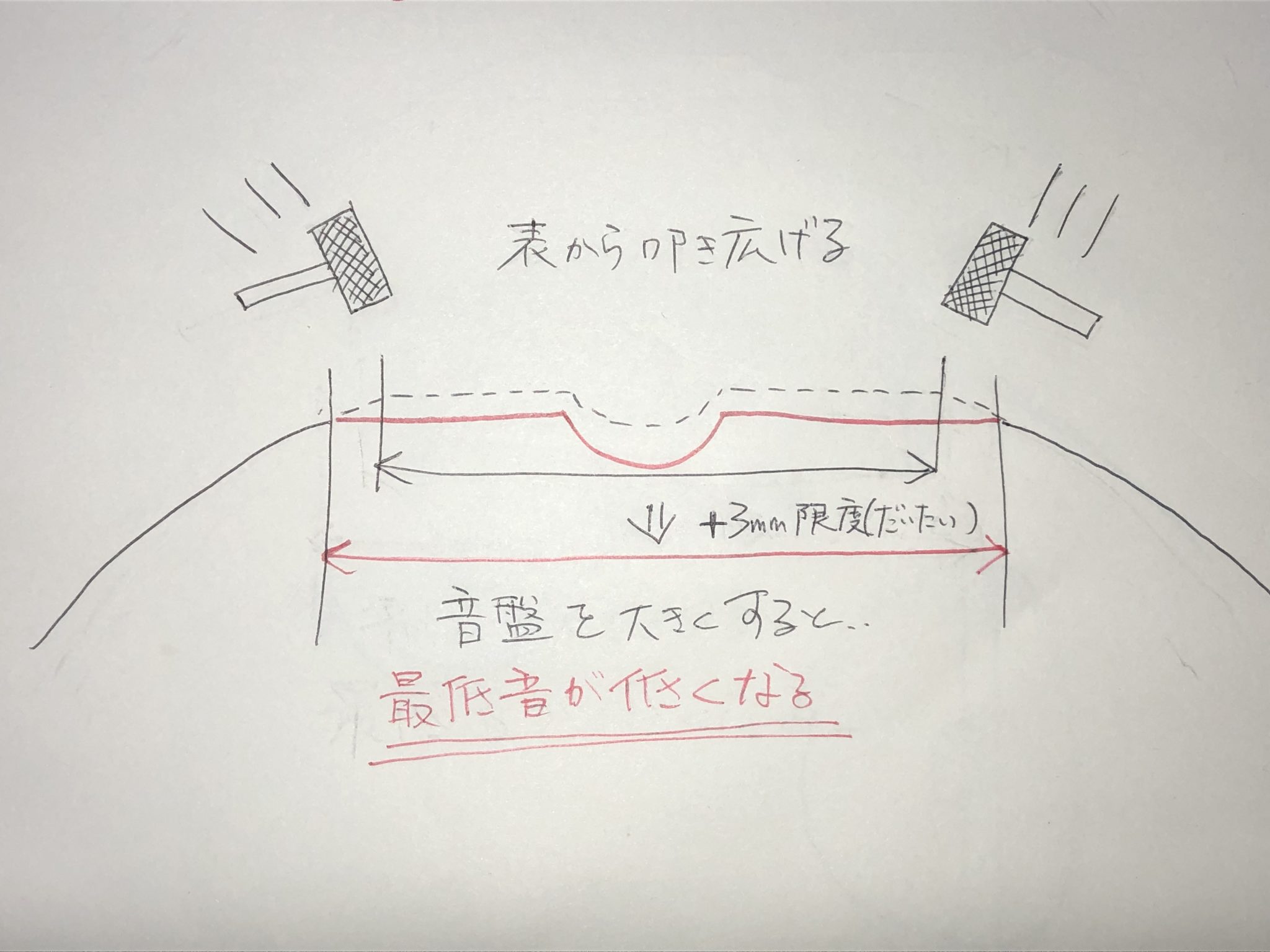

The 343 nm is obtained through third harmonic generation of a passively Q-switched 1030 nm Yb:YAG laser with pulse energy of 190 µJ at 100 Hz and a pulse width of 5.4 ns. The novel cost-effective passively Q-switched 343 nm solid-state laser delivers up to 20 µJ per pulse, with a pulse width of 2.3 ns at a repetition rate of 100 Hz. For the first time to the authors knowledge, a passively Q-switched, solidstate UV laser at 343 nm is demonstrated. Impact of the light sources on main immunoassay parameters is discussed, and potentials and limitations of immunoassay measurements are investigated.

The optimization of timing parameters in the time-resolved measurement of lanthanide fluorescence is discussed.

The suggested model can be generally applied to fluoroimmunoassays employing the dry-cup concept. A general model of background noise sources in heterogeneous timeresolved fluoroimmunoassays is suggested. The demonstrated results are an important step in the development of high-sensitivity troponin I assays for point-of-care testing, and will ultimately lead to more accurate interpretation of clinical results and earlier diagnosis and rule-out of acute myocardial infarction. We have preliminarily fulfilled the high-sensitivity criteria for troponin measurements in immunoassays. The main highlight of the thesis is the first demonstration of an optimized LED excitation based point-of-care immunoassay analyzer. The obtained limit of detection was 0.22 ng/L measured on plasma with the research high-sensitivity troponin I assay and 1.9 ng/L measured on tris-saline-azide buffer containing bovine serum albumin with the standard troponin I assay. With the optimized LED based system, the limit of detection is improved by a factor of 5 for the standard troponin I and by a factor of 3 for the research high-sensitivity troponin I assay, compared to that of the flash lamp excitation. High-sensitivity cardiac troponin assay development enables determination of biological variation in healthy populations, more accurate interpretation of clinical results and points towards earlier diagnosis and rule-out of acute myocardial infarction. Preliminary tests of an immunoassay analyzer employing an optimized LED excitation are reported, measuring on a standard troponin I and a novel research high-sensitivity troponin I assay. Optimization of the suggested key parameters of the LED promises significant increase of the signal-to-noise ratio and hence of the sensitivity of immunoassay systems. A comparative study of the flash lamp and the LED based system is performed and temporal, spatial, and spectral features of LED excitation for time-resolved fluorimetry are discussed. The signal-to-noise ratio is comparable to a state-of-the-art Xenon flash lamp based unit with equal excitation energy and without overdriving the LED. The system is tested to measure cardiac marker troponin I in immunoassays. For the first time to the authors knowledge, a LED based time-resolved fluorescence measurement system is successfully employed for immunoassays detection. The design, development and investigation of an optical system based on UV LED excitation at 340 nm for time-resolved fluorescence measurement of immunoassays are presented. Critical analytical parameters of immunoassays are discussed. The main parts constituting the basis of time-resolved fluoroimmunoassays, such as lanthanide based labels, time-resolved fluorimetry, and all-in-one dry cup concept, are explained. The general concept of time-resolved fluoroimmunoassays is given.

The thesis presents a study of time-resolved fluorescence system designs based on novel light sources for Radiometers next generation immunoassay analyzer for in vitro diagnostics.


 0 kommentar(er)
0 kommentar(er)
